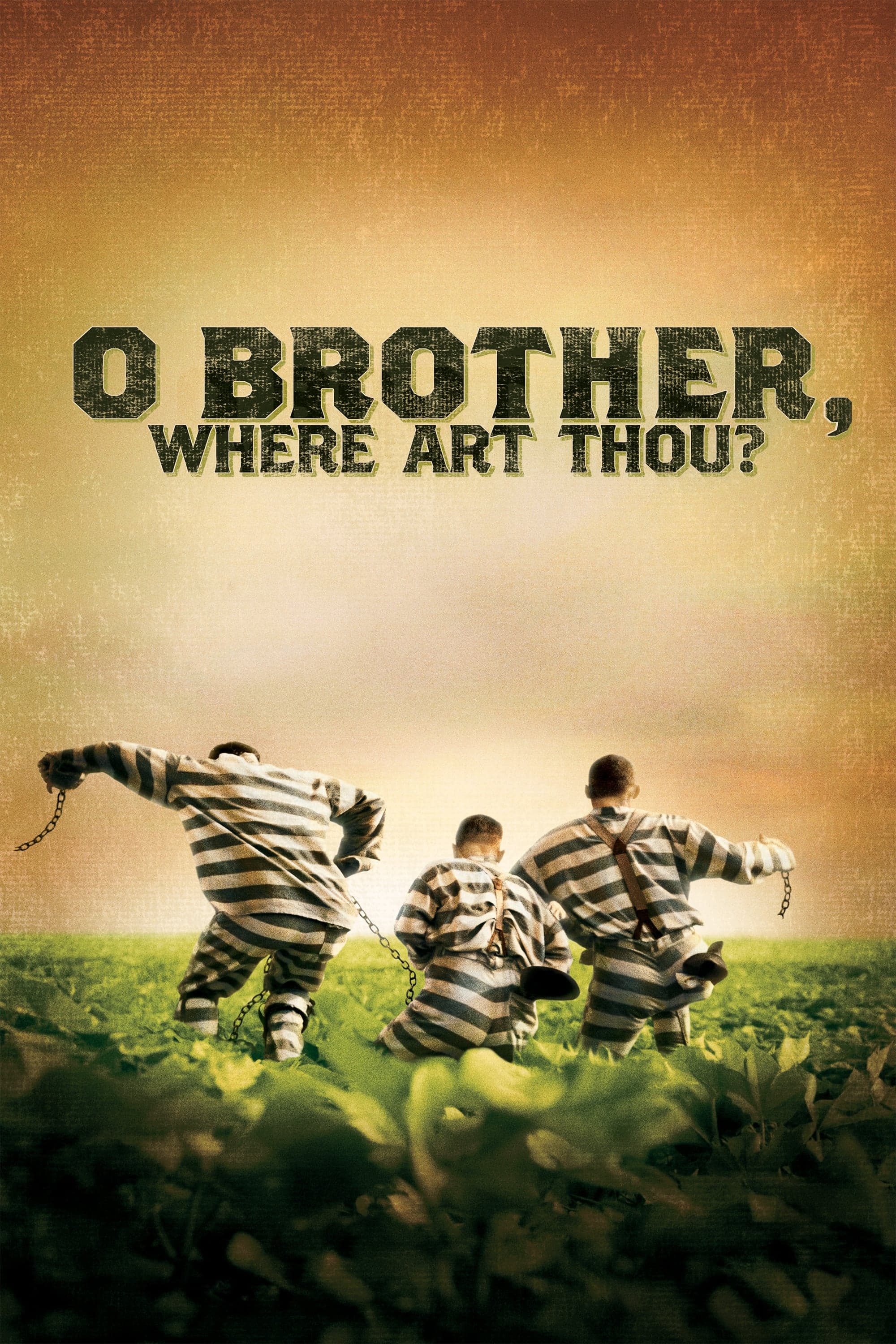
O Brother, Where Art Thou?
2000
Rate this movie
Average: 5.00 / 5
(1 votes)
Directors
A delightfully light film, as cheerful as the silvery water of a stream.
The Coen brothers uphold their filmmaking style; indeed, they enliven its semantics through an astute metaphor of Homer's Odyssey. But it is not a mere rehash; it is a postmodern deconstruction of the myth, where the Homeric epic is filtered through the distorted and profoundly ironic lens of their imaginative vision. We witness an ingenious parody of classical heroism, projected onto the dusty and surreal America of the Great Depression, once again demonstrating the Coens' incredible ability to elevate the grotesque and the trivial into universal reflections on existence, destiny, and the naive human yearning for redemption.
Everything in this film is functional to the concept of levity: the characterization of the three protagonists with their quirky dialectical skirmishes, the frivolously country soundtrack, the settings in a pristine America. But this "frivolity" is merely the surface of a stylistic and narrative operation of refined complexity. Everett's incessant chatter, his linguistic snobbery, and his obsession with Dapper Dan hair pomade, contrast with Delmar's almost evangelical naivety and Pete's perennial irritability, creating a triangle of unintentional comedy that is pure theatre of the absurd. The soundtrack, masterfully curated by T-Bone Burnett, is far more than "frivolously country": it is the true beating heart of the film, a sonic tapestry that draws from bluegrass, gospel, blues, and folk of the era, almost becoming a character in its own right. Its multi-platinum success not only revitalized forgotten musical genres but also demonstrated how music can be a narrative vehicle as powerful as visuals and screenwriting, imbuing the film with historical authenticity and a soul that is at once melancholic and joyous.
The narrative centers on the journey of three escaped convicts in search of a fabulous hidden treasure. A journey that is, in its essence, a quest for identity and "home" in an America in crisis. The supposed treasure, which serves as a Hitchcockian McGuffin, is a pretext for exploring a microcosm of bizarre and desperate humanity.
During their journey, they encounter a grotesque array of characters vaguely inspired by the trials Ulysses had to endure. These archetypal figures, while clearly indebted to the Homeric pantheon, are portrayed with typical Coenian cynicism and a hilarious social caricature that makes them unforgettable. The encounter with the Sirens, for example, is not a mere replica, but a dreamlike and sensual sequence that culminates in a collective baptism in the river's waters, highlighting the constant tension between sin and redemption, between the human and the divine that permeates the work. The "Cyclops" Big Dan Teague, a one-eyed swindling bible salesman – metaphorically and literally – is not only a physical monster but also a symbol of the moral corruption that lurks beneath the facade of religiosity, a recurring theme in the Coens' cinema. The populist politician Menelaus "Pappy" O'Daniel and his corrupt opponent Homer Stokes embody Southern populist politics, a circus of empty promises and mass manipulation, evoking the figures of Agamemnon and the other greedy leaders of the epic.
Notable among these are: a singer who sold his soul to the devil to play the guitar well (young Tommy Johnson, an echo of Robert Johnson), a dishonest politician, and a hardened criminal with whom they unwillingly commit a robbery. The blues guitarist's character is not merely an homage to Delta folklore, but also introduces the Faustian element of the pact with the devil, a theme of damnation and salvation that intertwines with the protagonists' spiritual quest. The carefree violence and absurdity of the events, such as their participation in the Soggy Bottom Boys' concert or the encounter with George "Babyface" Nelson, a neurotic gangster who seems straight out of a comic strip, maintain the light tone while concealing a subtle social critique of America in those years, divided between poverty, racial segregation, and a wave of religious and political fanaticism.
Visually, the film is a feat: Roger Deakins, the Coens' trusted cinematographer, used a digital process for the first time to desaturate and color the entire film, achieving a unique chromatic palette dominated by sepia and golden tones that evoke old photographs and vintage postcards. This choice is not merely aesthetic; it confers upon the film an aura of legend, of a handed-down tale, almost suggesting that we are witnessing not a documented story, but a modern myth, a nostalgic elegy for an America lost and found through the prism of imagination.
Ultimately, it is a work dense with classical allusions yet dazzling in its modern sense of rhythm. It is proof that the Coens' genius lies in their ability to transform heterogeneous materials – from Greek mythology to American folklore, from slapstick comedy to social drama – into a cohesive and irresistible amalgam. A film that celebrates the resilience of the human spirit in the face of adversity, the beauty of music as a form of salvation, and the eternal search for a place in the world, even if that place is an illusion.
A splendid film that refreshes like a sip of ice-cold water on a sweltering day, leaving an aftertaste of bittersweet melancholy, but above all, a feeling of brilliant, messy, and liberating joy.
Gallery
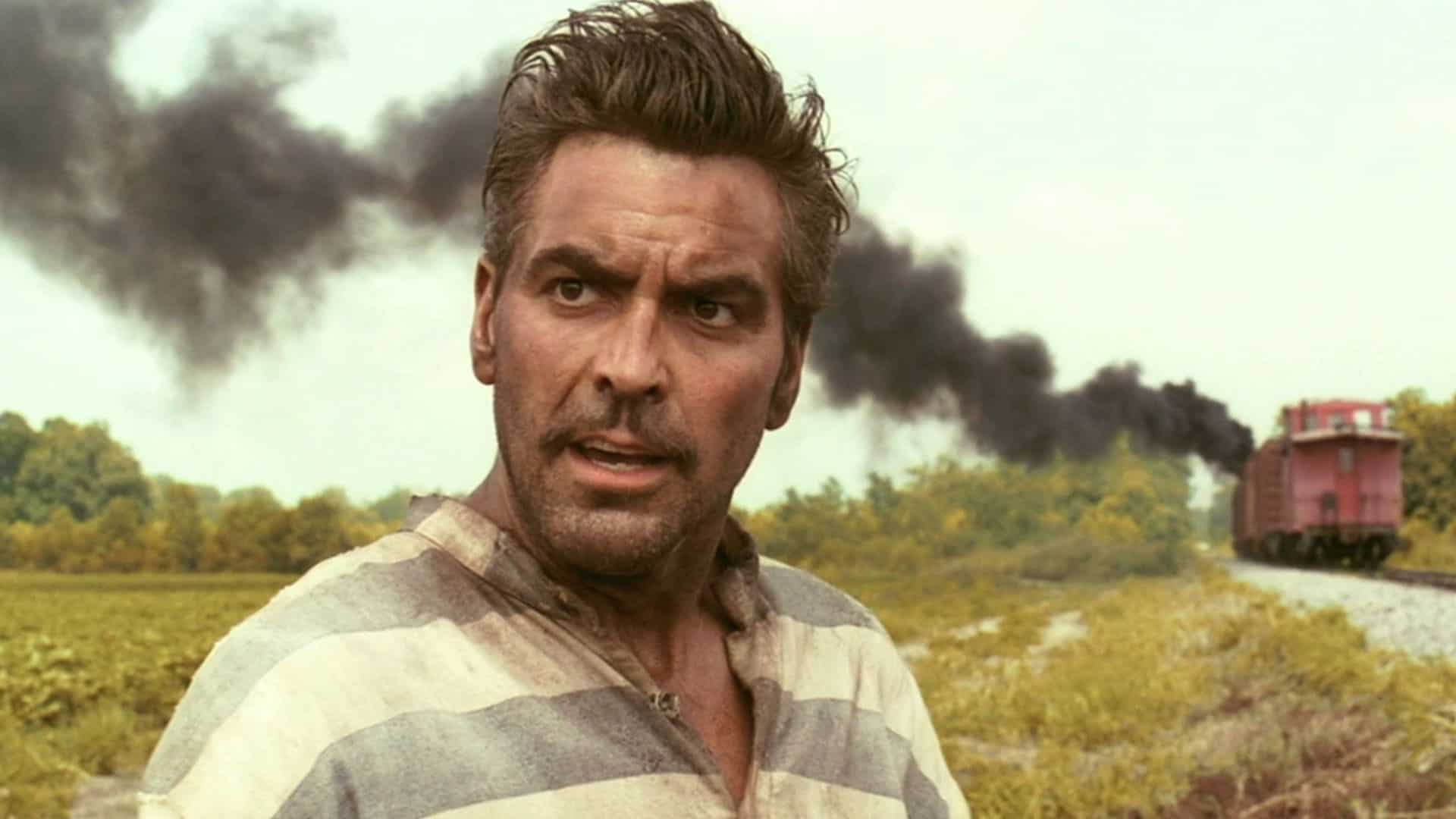
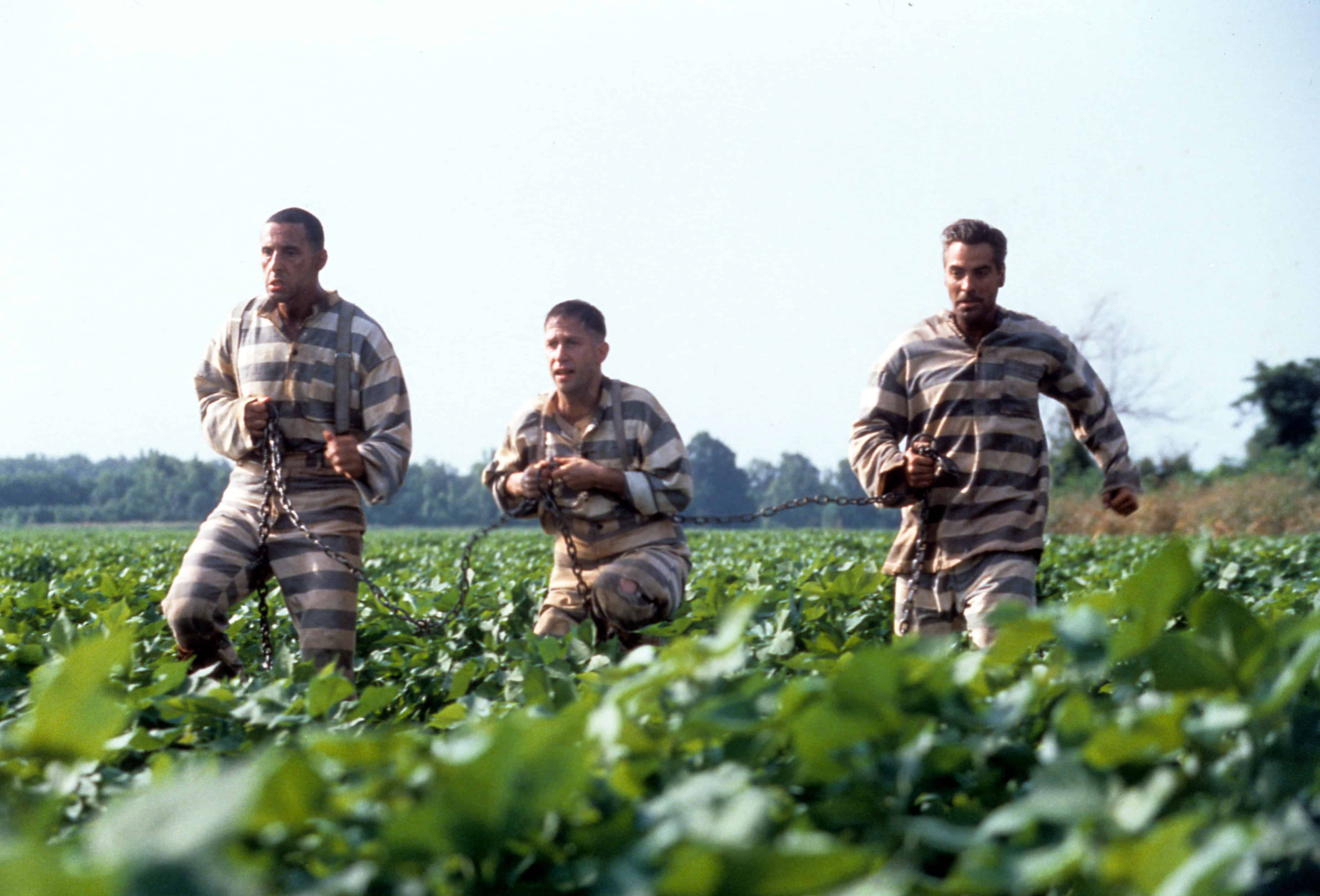

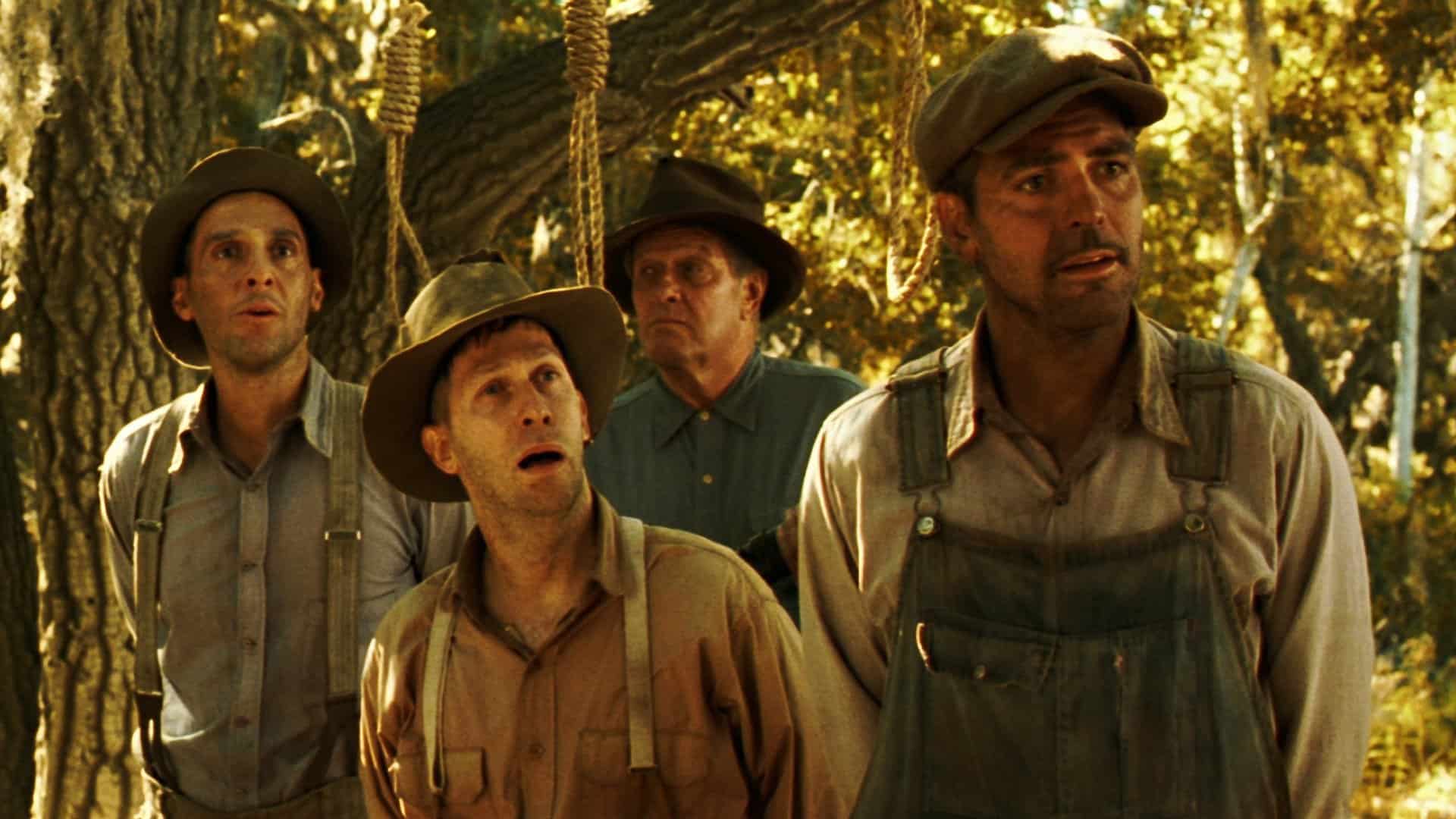
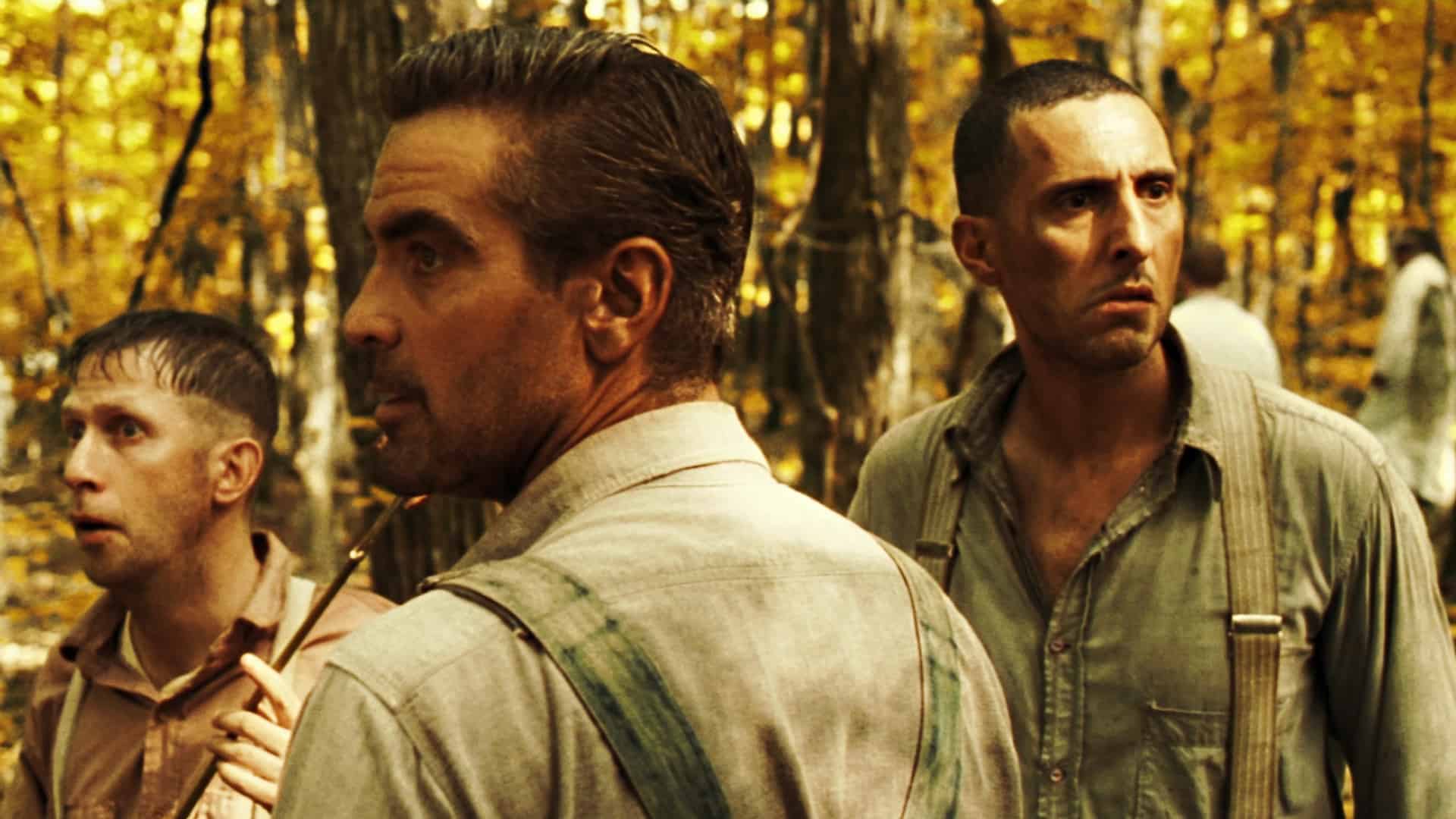
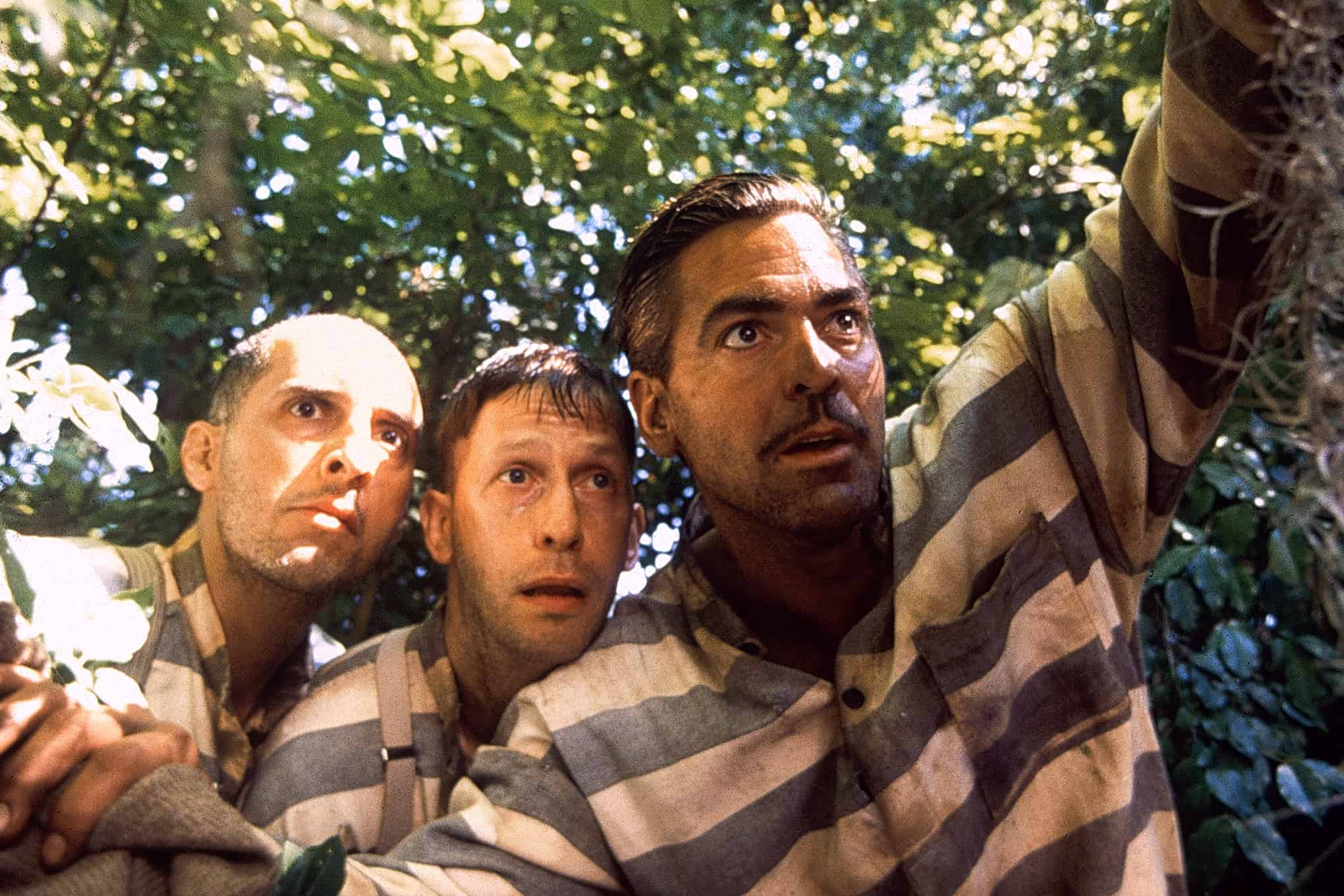
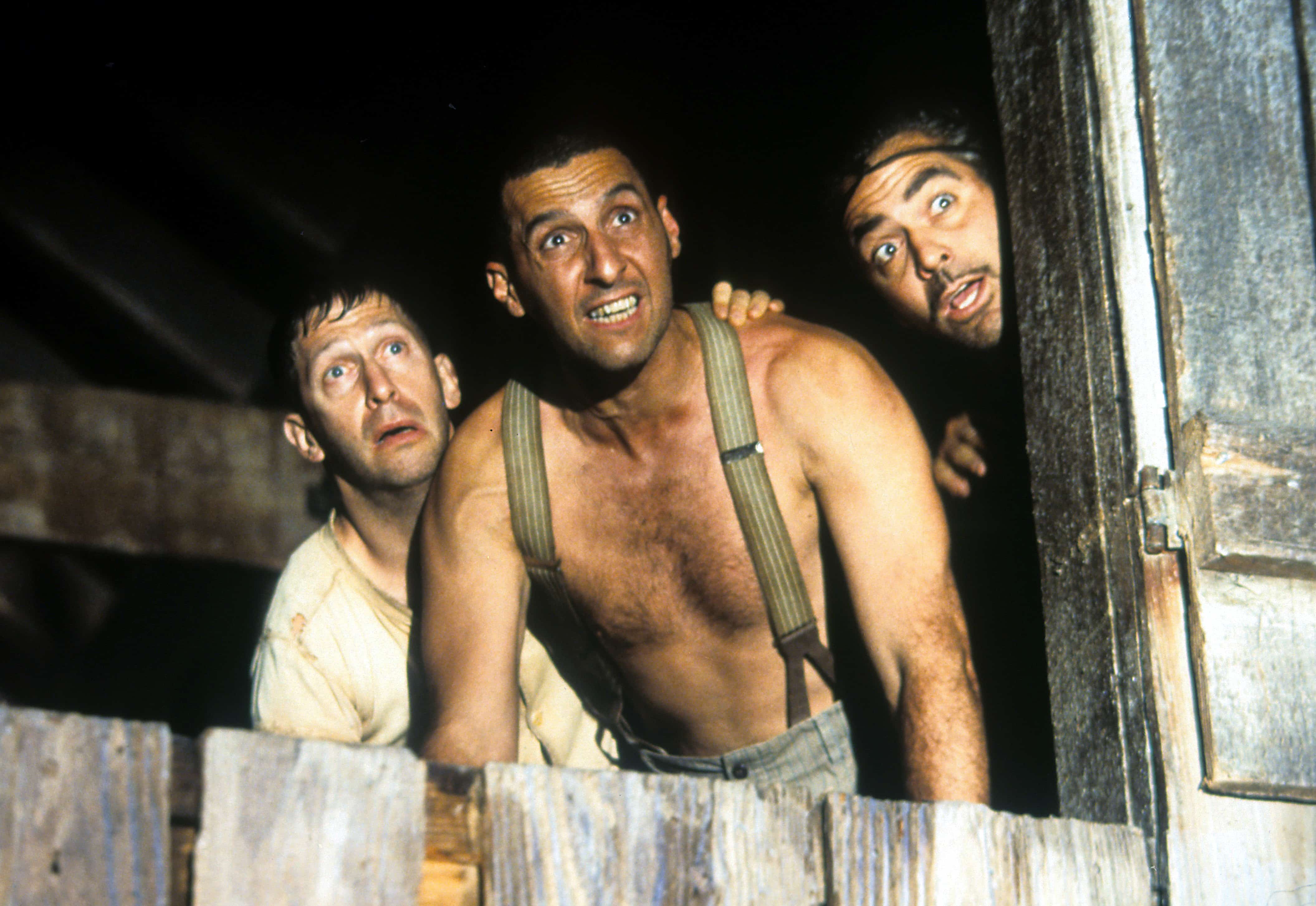
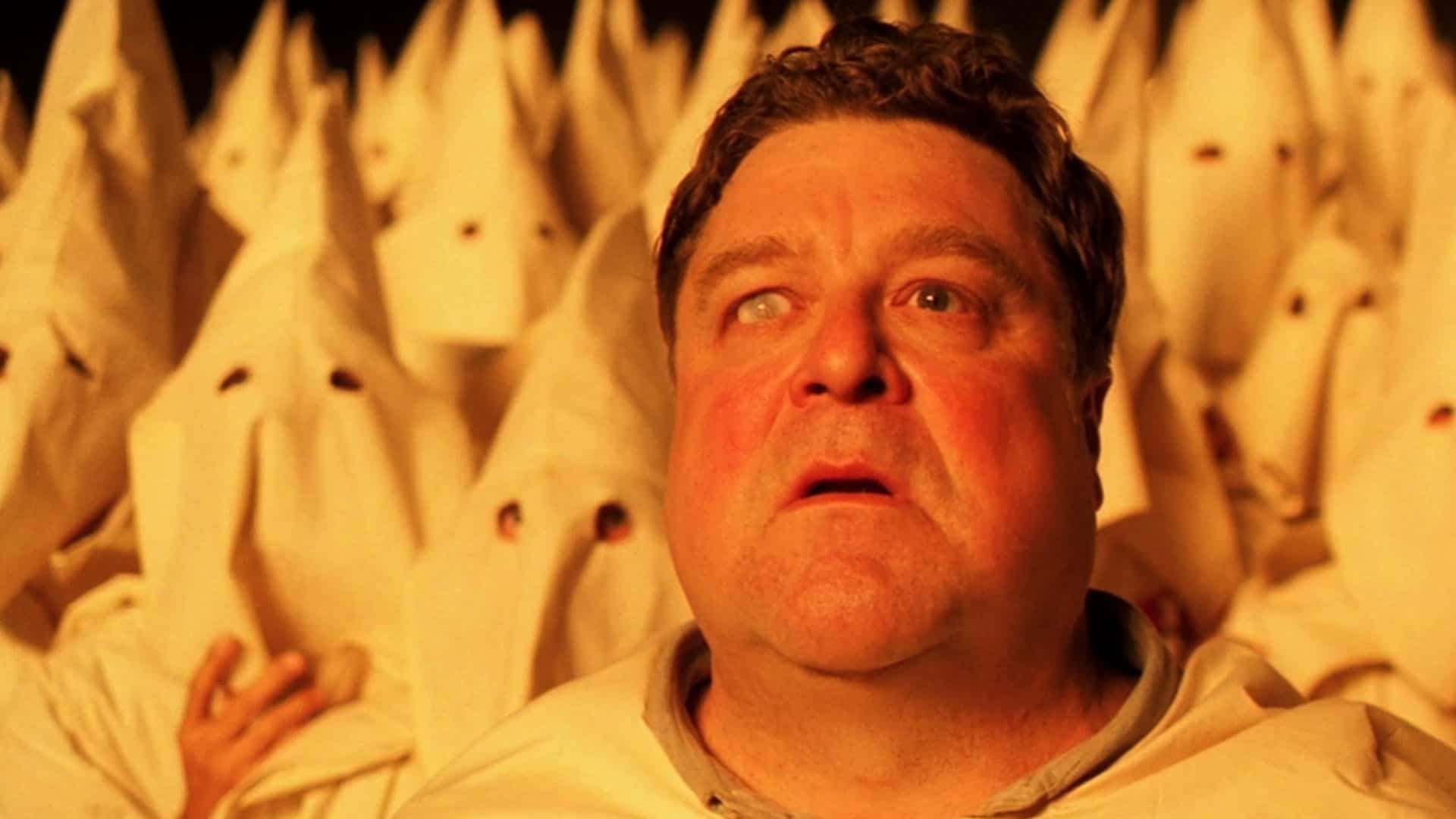
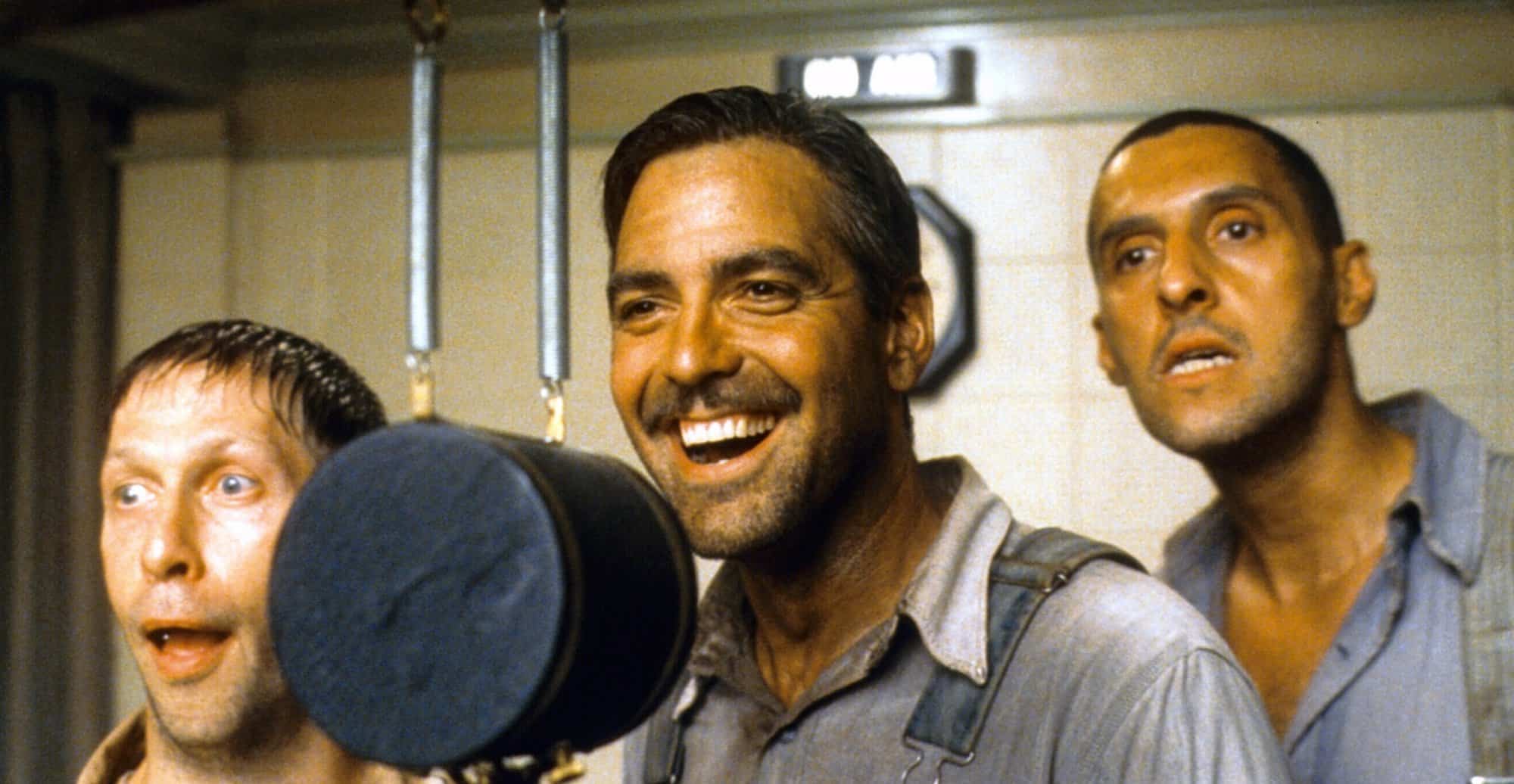
Comments
Loading comments...